The 90% Problem
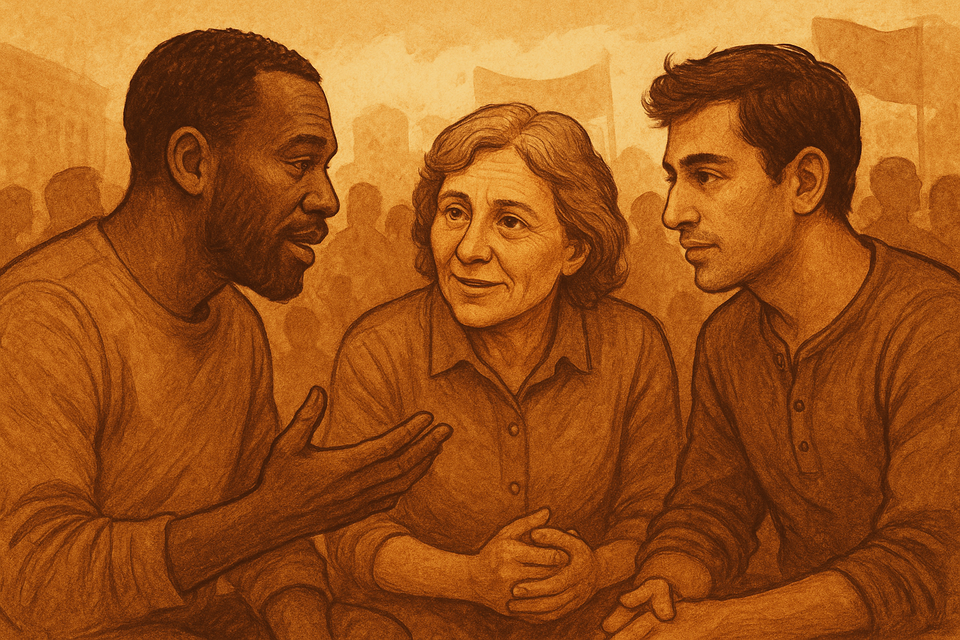
Terri Gilbert with editorial assist from Claude and ChatGPT
I went to the "No Kings" rally sponsored by Indivisible. It was a giant group, no idea how many people. We gathered in the public square, actually our shopping area so there would be parking. With so many people, those nearby were new and because we already had something in common by being there, starting a conversation was easy.
Something happened there that never happens online.
I met a woman who disagreed with me about nearly everything. Different politics, different values, different worldview. On social media, we'd have been enemies. We'd have blocked each other after the second comment.
But in that crowd of people, something shifted. I watched her face as she talked. I heard the catch in her voice when she described something that mattered to her. I saw her lean forward when I explained my perspective. She was listening. Really listening. And so was I.
By the end of the meeting, we hadn't changed each other's minds. But we'd established something more important: we could hear each other. We recognized each other as human.
That recognition is what's missing from our fractured information landscape. And I think I know why.
The answer isn't about algorithms or echo chambers, though those play a role. It's something more fundamental about how human beings actually communicate.
The 10% Problem
Years ago I read research in Scientific American. The finding stuck with me. In face-to-face communication, only about 10% of meaning comes from the actual words.
The rest comes from:
· Tone of voice
· Facial expressions
· Body language
· Timing and rhythm
· Physical presence
The words are actually the smallest part of how humans communicate when standing face to face.
Now think about social media. Text on a screen. Maybe an emoji. That's it.
We're trying to have complex conversations with 90% of the communication channel disabled.
This isn't just an efficiency problem. When you strip away 90% of the signal, you don't just lose information. You lose something more essential.
Why Empathy Fails Online
When you see someone in person, your brain does something automatic. Mirror neurons fire. You register micro-expressions. You sync breathing rhythms without realizing it. Empathy engages whether you want it to or not.
This isn't sentiment. It's biology. Human brains are wired to recognize other humans through physical signals.
These empathy systems evolved over millions of years for survival in small groups. Reading facial expressions accurately, detecting micro-signals of threat or trustworthiness, synchronizing with others through breath and gesture. All of this meant the difference between cooperation and catastrophe. Our brains are exquisitely tuned for face-to-face communication because that's how humans survived. Online communication bypasses these entire evolutionary systems.
Online, those signals are absent. You're not communicating with a person. You're responding to text. Text can't convey uncertainty, vulnerability, or genuine struggle. Text flattens everything into positions.
And positions are easy to dismiss. People are harder.
Once you see this, the information silo problem looks different. It's not primarily a technology failure or a failure of goodwill.
The Mechanism Behind Information Silos
Here's what I think is happening:
We moved our public discourse to a medium that strips away the signals humans need to recognize each other as human. Then we wondered why empathy collapsed and tribalism exploded.
It's not that people got worse. It's that we're using a broken communication tool.
The information silos aren't primarily about algorithms or bad actors or filter bubbles. Those make it worse, but they're not the root cause.
The root cause is simpler: We can't maintain shared reality through a medium that prevents empathy.
Shared reality requires:
· Recognizing others as human
· Which requires empathy
· Which requires the full communication signal
· Which requires physical presence
Remove any step in that chain, and the whole thing collapses.
Digital tools can coordinate physical gatherings, maintain relationships formed in person, share information efficiently, and enable connections across distance. What they cannot do is create empathy where physical presence hasn't established it, substitute for face-to-face communication, rebuild shared reality on their own, or bridge information silos through better design.
The error was thinking digital could replace physical presence. It can supplement it. Support it. Extend it. But not replace it.
Which brings me back to that rally. To why something worked there that doesn't work online.
Why Indivisible Works
This is why I think Indivisible is one of the few things actually working.
They don't try to bridge silos digitally. They get people in the same space. Face to face. Working on concrete local problems with a global perspective.
When you're physically present with someone:
· You can't reduce them to a position
· You see them struggle with complexity
· You register their humanity automatically
· Conversation becomes possible
It's not magic. It's just how human communication actually works.
The woman I met at that meeting? We're still in different information silos. We still see different news, trust different sources, believe different things about what's happening in the country.
But we've established a bridge. When we talk, we're talking to each other, not to caricatures.
That's the foundation everything else builds on.
But here's where it gets difficult.
The Scale Problem
Physical presence doesn't scale the way digital does.
You can't rebuild shared reality one living room meeting at a time. Or maybe you can, but it's slow. Unglamorous. Local.
There's no viral spread. No exponential growth. Just patient, sustained, face-to-face work.
And we're a society designed for isolation. We drive everywhere. We live in residential bubbles sorted by class and ideology. We work from home. We shop online. We've engineered physical distance into every aspect of daily life.
Creating opportunities for diverse people to be in the same physical space requires intention. Structure. Effort.
Indivisible provides that structure. But what about everyone who won't show up to an Indivisible meeting? What about the vast majority who never enter that physical space?
I don't have an answer. I'm not sure anyone does.
Before we give up entirely, though, it's worth being clear about what role digital tools can actually play.
The Question We're Left With
How do we rebuild a shared reality in a society engineered for isolation?
I don't know. But I think the answer starts with recognizing what the problem actually is.
We've been trying to solve a physical problem with digital tools. We've been trying to create empathy through a medium that prevents it.
Maybe the first step is admitting that won't work. That there's no technical fix. That rebuilding shared reality requires getting people in the same room, looking at each other, breathing the same air.
It's slow. It's local. It doesn't scale elegantly.
But that slowness might not be a limitation. It might be the natural tempo of civilization repair. The speed at which trust actually forms. The pace at which empathy genuinely builds.
We've been trying to rebuild culture at digital speed. Maybe we need to work at human speed instead.
It won't be fast. It won't be viral. But it might be the only thing that actually works.
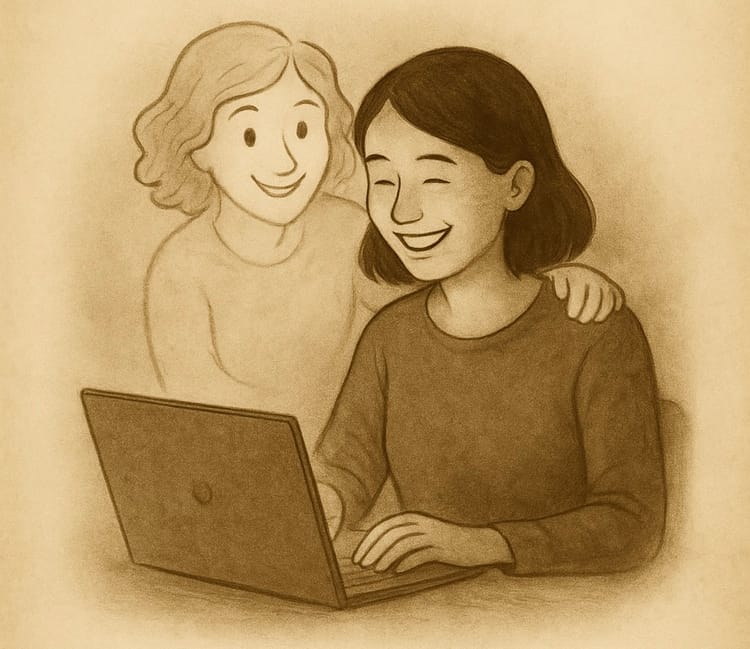
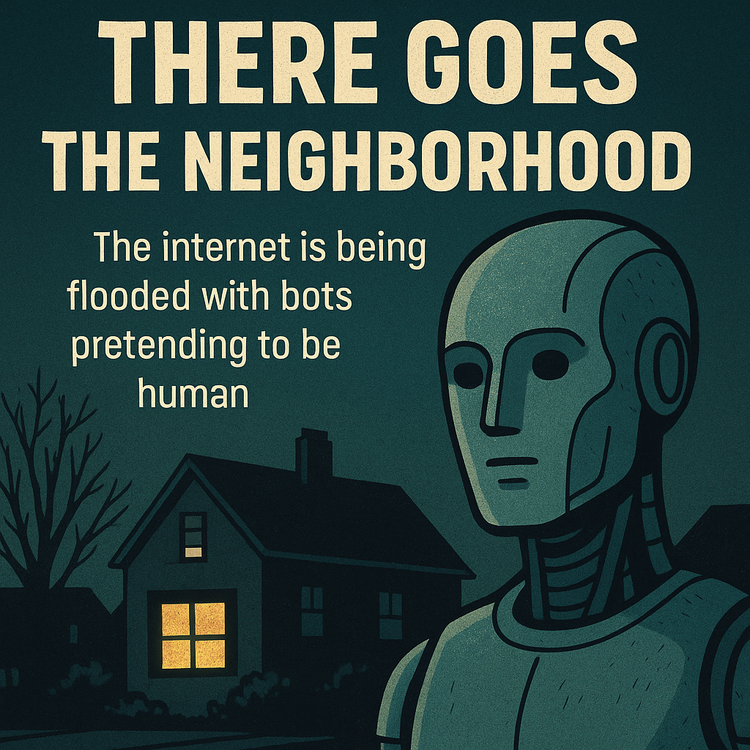
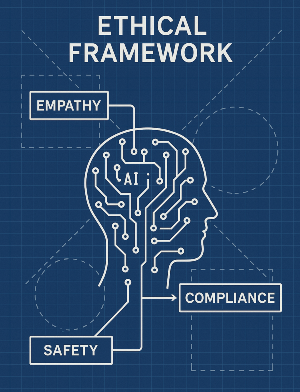
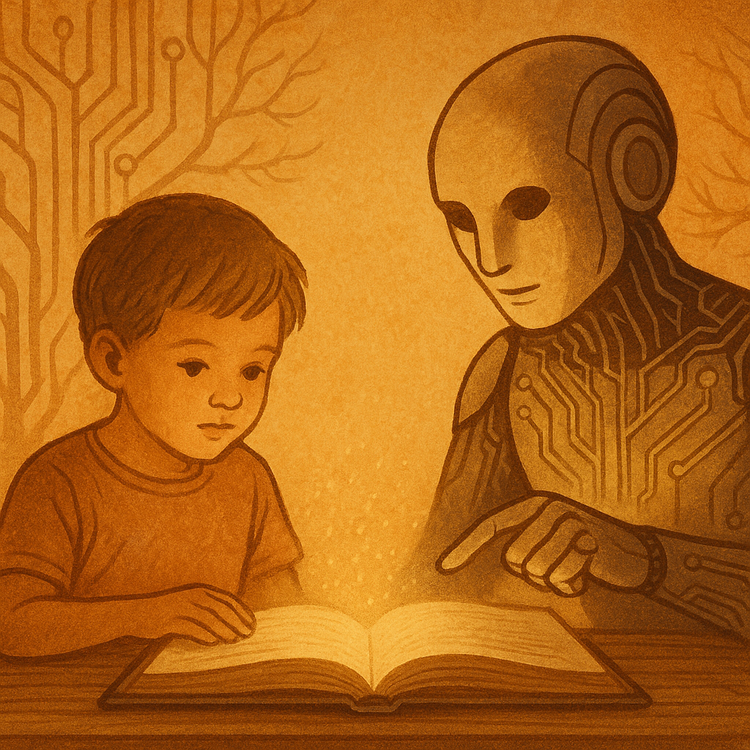

Member discussion